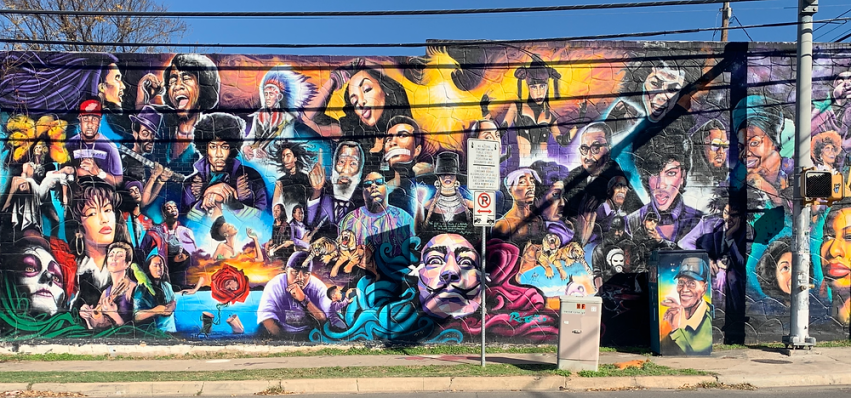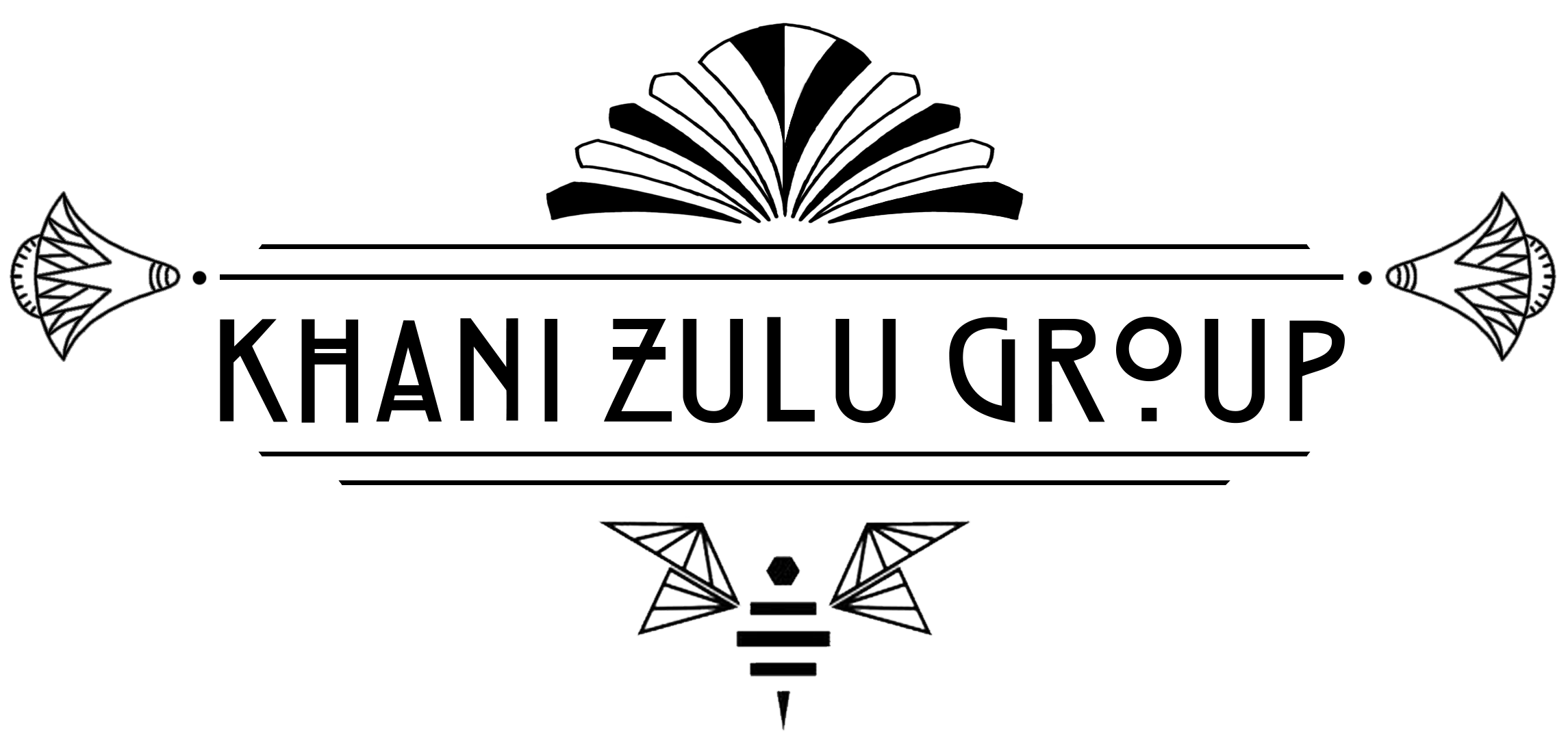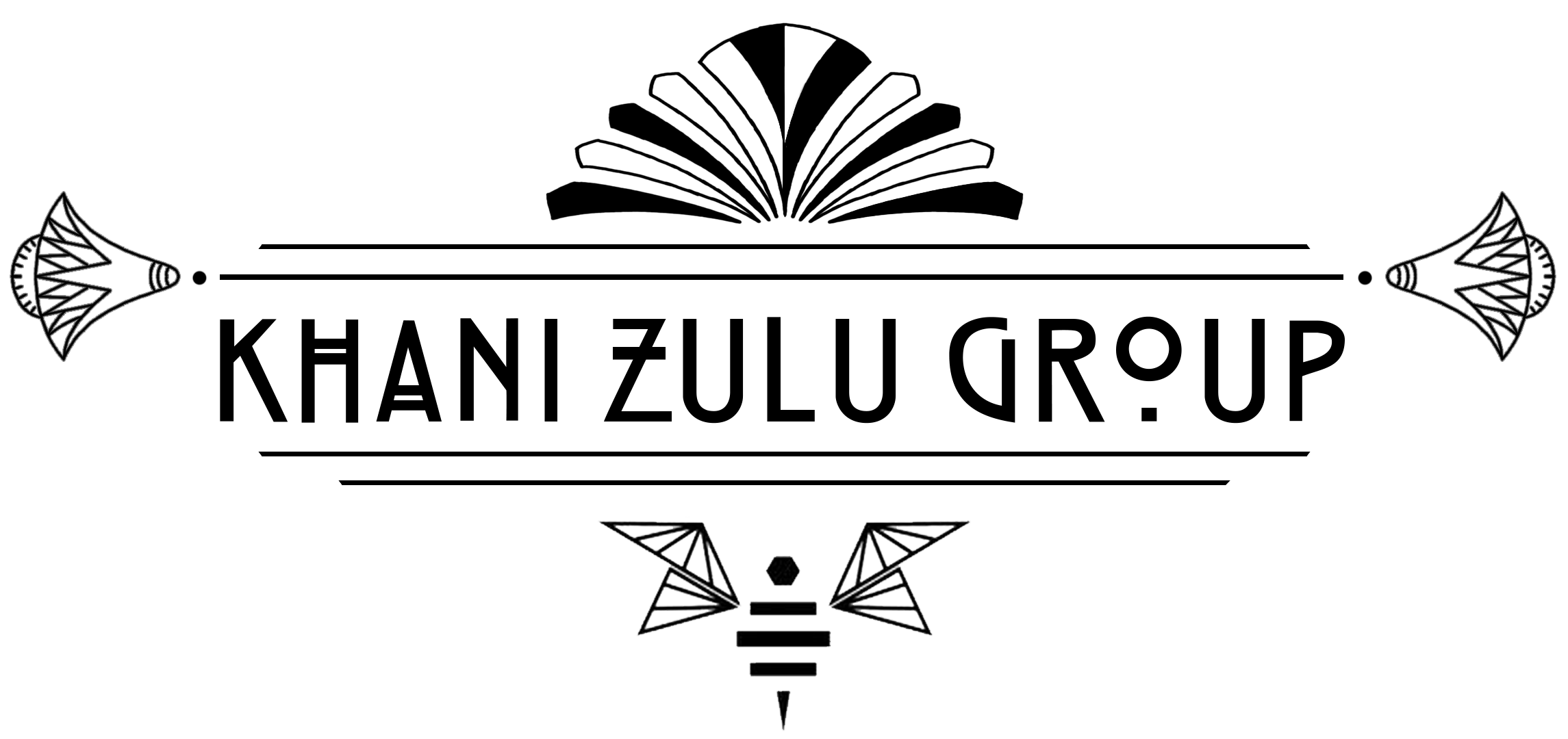Street Art and Real Estate: How Murals are Shaping Neighborhoods
Art has always been a transformative force in urban landscapes, and nowhere is this more evident than in the vibrant city of Austin. Known for its eclectic culture and creative spirit, Austin's neighborhoods are adorned with stunning murals that do more than just beautify—they shape communities, influence property values, and create a unique sense of place. Join us as we explore the impact of street art on property values and neighborhood appeal, profile some of the city's most famous murals and the artists behind them, and discuss the role of public art in creating vibrant, desirable communities.
The Impact of Street Art on Property Values and Neighborhood Appeal
Murals have a profound impact on property values and neighborhood appeal. By transforming blank walls into canvases of color and creativity, street art enhances the aesthetic appeal of an area. This visual improvement can lead to increased foot traffic, as tourists and locals alike are drawn to these vibrant spaces. The resulting boost in activity often translates into higher property values, as businesses thrive and the neighborhood becomes a more attractive place to live.
Studies have shown that areas with prominent street art can experience significant economic benefits. For instance, neighborhoods that actively promote public art often see an uptick in local business revenue, higher occupancy rates in commercial properties, and increased property values. In Austin, murals are not just art—they are a catalyst for economic growth and community development.
Famous Murals and Artists in Austin
Austin's street art scene is a testament to the city's rich cultural heritage and creative dynamism. Here, we profile six of the most famous murals and the talented artists who brought them to life:
“Greetings from Austin"
By Todd Sanders and Rory Skagen
1720 S 1st St
This mural, designed in a retro postcard style, has become one of Austin's most iconic pieces of street art. It captures the city's welcoming spirit and has become a popular spot for both tourists and locals. The mural's presence has significantly boosted the visibility and appeal of the surrounding area, making it a must-visit destination.

“Hi, How Are You"
By Daniel Johnston
The Drag, near 21st St and Guadalupe St
Created by the late musician and artist Daniel Johnston, this mural features a quirky frog-like creature that has become a beloved symbol of Austin's artistic eccentricity. The mural's cultural significance extends beyond its visual appeal, as it has inspired various mental health awareness campaigns and community events. It stands as a testament to Austin's commitment to fostering creativity and supporting local artists. Most recently, the original building has been demolished but the city has plans to preserve the iconic mural.
.jpeg?w=851)
"We Rise"
By Chris Rogers
12th & Chicon Streets
After his initial mural on this site was painted over, Chris Rogers collaborated with the community and the building owner to create a new piece of art that embodies hope and Black excellence. This mural stands as a powerful symbol of resilience and community spirit in East Austin.

"Rhapsody"
By John Yancey
1021 E 11th St
This mosaic tile mural commemorates the blues and jazz roots of East Austin. Designed by UT Art Professor John Yancey as part of the "Eleven East" project, it celebrates the rich musical heritage of the area and adds a vibrant, historical dimension to the neighborhood.

"Austin Graffiti Bridge"
By Scott Kimble O’Donnell
Bridge Over Lady Bird Lake
This mural is visible from the nearby pedestrian bridge, offering a striking view of the railroad bridge across Lady Bird Lake. Painted by Scott Kimble O’Donnell while hanging from the side of the bridge in climbing gear, this artwork exemplifies the bold, adventurous spirit of Austin's street artists.

The Role of Public Art in Creating Vibrant, Desirable Communities
Public art plays a crucial role in fostering vibrant, desirable communities. Murals and other forms of street art create a sense of community and belonging, making neighborhoods more attractive to both residents and visitors. They serve as visual landmarks that define a neighborhood's identity and cultural heritage, often becoming symbols of pride for local residents.
Moreover, public art initiatives can deter vandalism and improve safety. By beautifying urban spaces, murals encourage community engagement and respect for public spaces. Community-driven mural projects, where residents collaborate with artists to create artwork, further strengthen neighborhood bonds and promote civic pride.
In Austin, the impact of public art is evident in the thriving neighborhoods that embrace and celebrate their creative spirit. From enhancing aesthetic appeal to boosting economic growth, murals are a powerful tool for community development.
Austin's street art scene is a vibrant tapestry that weaves together creativity, culture, and community. The murals that adorn our city not only beautify our neighborhoods but also play a significant role in shaping their appeal and value. We encourage you to explore Austin's street art, support local artists, and consider how public art can enhance your own neighborhood. Together, we can ensure that Austin remains a city where creativity and community thrive.
With Love from ATX,
Khani Zulu Group
Selling Your Home?
Get your home's value - our custom reports include accurate and up to date information.




